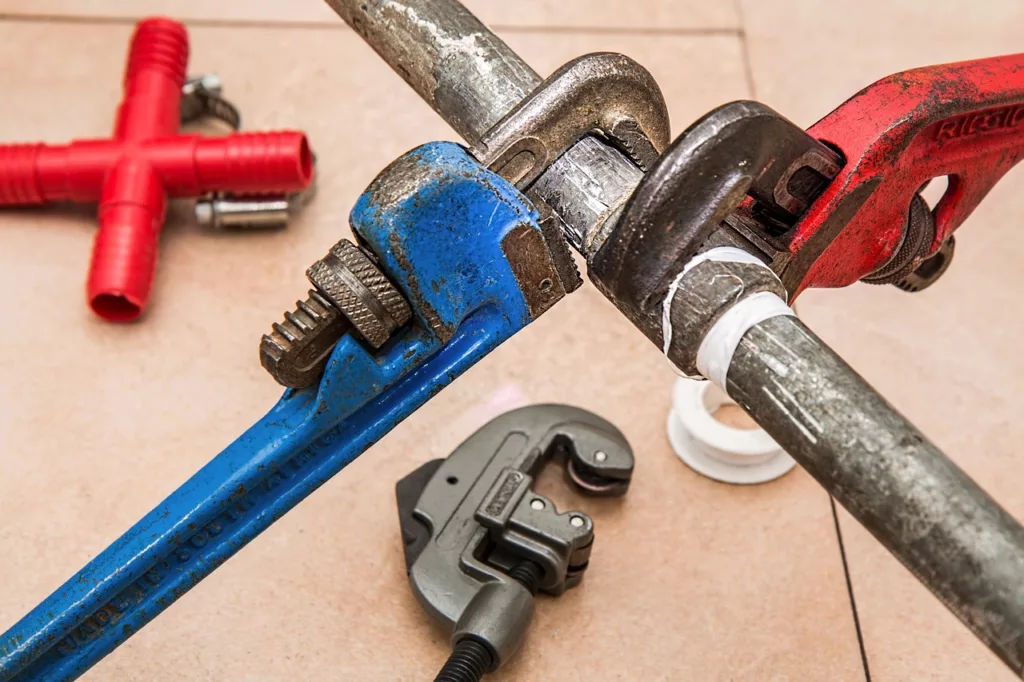Backflow happens when contaminated water in your plumbing flows in the opposite direction. Backflow usually occurs for one of two reasons – either back pressure or back siphonage. It can be caused by improper plumbing installations, equipment malfunctions, and cross-connections between potable and non-potable water sources.
What Are Backflow Prevention Devices?
Backflow prevention devices can help prevent backflow by ensuring water flows in one direction. Some widely used backflow prevention devices include air gaps, reduced pressure principle backflow preventers, pressure vacuum breakers, double check valves or double check valve assemblies, and hose bib backflow preventers.
- Air Gaps: These are one of the simplest yet most effective types of backflow prevention devices. An air gap works by creating a barrier between the clean water supply and the non-potable water supply. Air gaps usually create a gap of at least twice the diameter of the pipe between the two water sources. When there is no connection between the two sources, backflow cannot occur.
- Reduced Pressure Backflow Preventers: Plumbers in Santa Rosa, CA, usually install reduced pressure backflow preventers within plumbing systems in commercial buildings. When water pressure falls below a level, the valves of a reduced pressure backflow preventer close, preventing the water from traveling in the wrong direction. After the threat passes, the valves automatically reopen and allow the water to flow in the right direction.
- Pressure Vacuum Breakers: These are similar to reduced pressure backflow preventers but are less complex than them. When a pressure vacuum breaker senses that the water flow is too low, one of its valves closes. It reopens only when the water pressure normalizes and the threat of backflow passes.
- Double Check Valve or Double Check Valve Assembly: Comprises two valves placed in different places along the plumbing system. If one of them fails, the other one can still prevent backflow.
- Hose Bib Backflow Preventers: These are usually used to protect a single plumbing fixture, such as an outdoor faucet, against backflow. They include a compact assembly spring that allows water to flow in one direction. If water pressure decreases, the spring closes and a valve opens to let the back-flowing water out. This process prevents backflow from occurring.
Reasons to Hire an Expert to Install Backflow Prevention Devices
Installing backflow prevention devices requires specialized skills. If you try to install a backflow preventer yourself, you are highly likely to make a mistake that can affect the device’s performance and/or reduce its longevity.
Instead of taking the DIY route, hire a certified plumber in Santa Rosa, CA, to install backflow prevention devices. An experienced plumber can help you choose the right-sized backflow preventer. They will make sure that the device is firmly sealed in place.
Backflow preventers can develop problems over time. Your plumbing contractor will regularly conduct tests to ensure your backflow preventer is working properly. Small Jobs Plumbing is a renowned plumbing contractor in Santa Rosa. Our plumbing technicians bring years of experience to the table. Their expertise enables them to develop effective, long-term solutions to plumbing problems. To learn more, call 707-908-8003.




